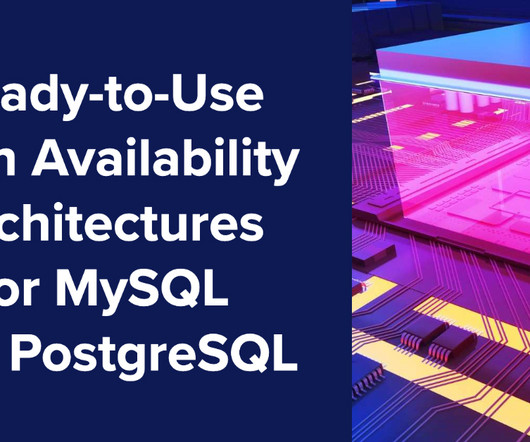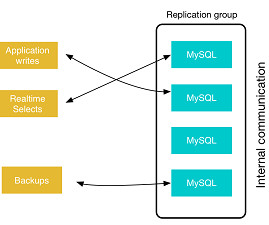Virtualization in SDN: Unleashing the Power of Software-Defined Networking
DZone
JANUARY 16, 2024
One such breakthrough is Software-Defined Networking (SDN), a game-changing method of network administration that adds flexibility, efficiency, and scalability. Virtualization, a critical notion that reshapes traditional network designs, is at the heart of SDN.


































Let's personalize your content